Water leaks are a serious concern for home and business owners, especially if your property predates the 1950’s. You can certainly try to find the center of your problem by feeling for moisture, drilling holes in your walls, lifting up your floor boards, etc. But these things can be costly and very frustrating. Aside from water leaks, radiant coil heating issues in concrete slabs can also be very concerning, and very hard to detect on your own. We use the latest in infrared thermographic technology to get to the core of your water leakage problem fast and efficiently.
Water Leakage
A plumbing system is one of the most essential aspects of a house or business. Just like any other system in the home, plumbing systems are prone to breakdowns and defects. The pipes and all other fittings in the system undergo wear and tear. If the pipes crack or become loose, water starts to leak.
Rainwater could also be leaking into the house through the roof or other spots of the building. Leaking roofs are a common occurrence when the roof has seen better days. The walls could start seeping in rainwater if they have cracks as well.
Water leakage can cause a lot of damage. The air around the leak will become damp, and not healthy to breathe in. It could lead to a number of air-borne diseases. The leaking water will also fill the various structures of the house, which could compromise the strength of these structures. Also, keep in mind there are electric conductors behind your walls as well. Water leaks could easily cause an electric fault. Electric faults are very hazardous.
It is important that water leaks are detected as soon as possible, and repaired before they do any damage. However, water leaks are often behind the walls or above the ceiling. Often times, the leak will have gone on for a long time before you see any visible signs. It might have done a lot of damage by the time you notice it. It is very important that you schedule a periodic water leakage inspection.
Infrared Thermographic Inspections for Water Leakage
The Infrared thermographic imaging is a revolutionary inspection technology that is used to detect leaking spots in a building’s plumbing system and roofing. The technology is used to inspect other systems in a home such as insulation, HVAC, and electric fittings. What is infrared thermographic inspection all about? How does the technology detect water leakages? You might wonder. Let’s explore a little bit more below.
The infrared thermographic inspection technology, as the name suggests, makes use of infrared rays to detect thermal variations in a space. Each object, including humans, animals, and plants, have a particular infrared emissivity. An objects emissivity changes with changes in temperature. The infrared thermographic technology consists of a camera that captures images of infrared radiation. Different levels of emissivity are depicted as different colors on the camera’s screen.
Water leakages lower or raise the temperature of the area around them. It depends on the differences in temperatures in and outside the premise. This affects the infrared emissivity of that area, and hence a particular color on the imaging camera. Professional inspectors will be able to detect wet areas from the camera. The can also detect leakages where the water is falling into an empty space, due to the dampness of the air around that space.
During the cold season, heat inside the building tends to get lost more rapidly through wet spots on the walls or roof, and they therefore tend to be warmer than the surrounding parts. During the warm season, the wet parts absorb a lot of solar heat during the day. They will retain more of this heat than the other parts after the sun has set.
We are experts when it comes to thermographic home inspections. Inspecting plumbing systems with infrared thermographic imaging technology is one of the tasks that we do best. We inspect both residential and commercial buildings. Our plumbing experts use infrared thermographic cameras to scan the whole building.
The camera will capture images and footage during the scan. The images and footage are then carefully analyzed by our team of experts. A report of the condition of your plumbing system, with indications of the leaking spots, is then prepared. The report comes with recommendations of what should done to remedy the situation as well. Note that a water leak will have caused damage to other structures around it, and repair will not just be about patching up the pipe. The repair recommendations encompass all these aspects.
Why Must You Contract Professional Inspectors
The Infrared thermographic technology is easy to apply when inspecting a home for water leaks. However, it requires the expertise of thermographic inspection specialists to be able to detect leaking spots and wet areas. The specialists have immense experience, that enables them to identify abnormalities from the images captured by the infrared imager. The images would not make any sense to someone who does not have the technical know-how of heat changes, plumbing systems, and roofing.
Identifying these leaking spots is done through comparison with the expected images and colors. Our thermographic inspection specialists know the normal emissivity of the different areas of the house. They know the kind of images to expect from a leaking or wet spot.
The inspection is a qualitative process that requires prior experience in order to make correct analyses. Water leakage inspections with infrared thermographic imaging are a bit complicated as compared to inspections for the other systems. The temperature changes caused by water leaks are often quite subtle. There are also very little discrepancies from the images produced. That necessitates the contracting of highly experienced professionals.
It is your responsibility to ensure you get qualified people to inspect your house. We do not let our guard down when it comes to house inspections. We will ensure we capture all the leaking spots in your home and recommend appropriate and long-lasting solutions.
As mentioned earlier, infrared thermographic inspection encompasses the whole house. The inspector will scan all the sections of your home to find any leaking or wet spots. Also, our experienced inspectors know all the notorious leak spots of a building. Water leakages are often caused by worn-out plumbing or roofing fittings in the home. Therefore, the inspectors expect to find water leakages in specific spots of a home. They normally pay extra attention to these areas during the inspections. Below we explore some of these notorious spots where there are likely to be water leakages.
Roofing
The roof is the house or business first line of defense against rainwater. Therefore, it needs to be strong, and watertight. Infrared thermographic inspections are conducted to check for areas on the roof that have increased surface temperature. As mentioned earlier, infrared thermographic cameras capture images that show the spots that have a different temperature from that of the surrounding areas.
Roof Moisture
In most instances, water seeps into the roof through cracks or defects on the waterproofing layers. Roofs are either flat or sloped. Sloped roofs are either covered with hardened clay roof tiles or iron sheets. Each of these can either be damaged by impact or old age. They could have holes and cracks, exposing the waterproofing layers below them.
The waterproofing layers are the most essential part of the roof. The layers also lose their waterproofing integrity over time. They’ll tear, get corroded, or develop holes as they deteriorate. The defective waterproofing layers could be a result of poor installations as well. The end result of these defects is a roof that is heavy with trapped moisture. The moisture often then percolates into the house, dampens the air, and causes heat loss. Also, the roof will start losing its structural integrity, if it stays wet for long.
If the leaks are big, water will start getting into the building. It would be very inconveniencing to have drops of water falling on your furniture and any other interior décor in your house. Anything that’s made of wood will start rotting if it gets wet. Metallic components will start rusting and becoming weak as well. All these aspects make it absolutely necessary to conduct infrared thermographic inspections of the roof.
Infrared thermographic inspection scans involve scanning the whole surface of an entire flat roof. Sloping roofs are scanned from both inside the house, and outside. In the case of sloping roofs, the inspectors need to scan the roof, the ceiling, and the space in between them. In both flat and sloping roofs, the inspections are done when there is a significant temperature difference between the air in the building and that outside. Cold or hot seasons offer the ideal conditions for infrared thermographic inspections on the roof. The required temperature difference can be artificially created if is it not available naturally.
As mentioned above, the infrared imager will record images and footage of every section of the roof. The wet areas, which will be warmer under the explained conditions, appear different from the rest of the areas. Our experienced infrared thermographic inspectors are able to call out the differences.
Infrared thermographic inspections on the roofs and ceilings are absolutely essential for any home or business owner. The cost of repairing a damaged roof is very high. You’d rather spend a little amount periodically and prevent any damage.
Foundations and Basements
Water leakage into the foundation and basement is quite similar to that of roofing. The foundation is the anchor for the whole house. Water leakage into a building’s foundation should be avoided at all costs. Water that leaks through the foundation and into basements is often run-off water. Wall cracks are the major cause of water leaks into foundations.
Many people use their basements as storage spaces. You wouldn’t want water or dampness around your belongings, which are often stored keepsakes. They will obviously end up rotting or getting damaged. Also, if your basement is not finished and is mainly storage you may not even go down there for weeks at a time. It would take a while before you catch any visible signs of water leakage. Water leakage into the basement is often a result of wall cracks, defective finishes, and wrong ventilation installations. Faulty pipes are also a notorious cause of water leakage into foundations.
Just like roofs, foundations and basements are very expensive to repair. It doesn’t take a lot of water for you to have to spend a significant amount trying to repair your basement or foundation walls. Periodic Infrared thermographic inspections will save you a lot of that trouble.
Wet or damp parts of the foundation walls tend to absorb more heat from either inside the house or outside, depending on which side is warmer. The infrared imaging camera takes advantage of this phenomenon and captures images of the thermal differences. These images are able to show even the subtlest wetness or dampness on the walls.
Infrared thermal inspections will capture any leakage problems in your basement before they seep into the foundation, and affect the strength of the whole house. Many would mistakenly imagine that there would be no water leakage into the basement if the roofs and pipes were in perfect condition.
Faulty Pipes
Faulty pipes are arguably the most obvious cause of water leakage in any part of the house. Pipes runs throughout the house. They are behind the walls, under the floors and above the ceilings. Unlike leakages of rainwater through roofs and wall cracks, leaking pipes are easy to visually detect, especially if it is a big leak. Big leaks will have the area around it visibly wet within a short time.
However, the leak could be in a hidden spot, or too subtle to cause any visible wetness immediately. Such a leak, just like roof or wall crack leaks, could go on for a long time without your realization. Water leaking from pipes gets absorbed by walls, ceilings or floors depending on where the leak is. As such, infrared thermographic inspections for pipe leaks are different for different parts depending on which part of the plumbing system is being inspected. Pipes in the roof will be inspected in a similar fashion as a roof inspection, while those under the floor will be inspected alongside the basement or the foundation.
Either the wall, ceiling or floor around the leak will become wet. If these structures stay wet for a long time, they will start losing their structural strength. The situation continues to become more dangerous as the condition of the structures continues to deteriorate. It is of the utmost importance that the home inspector scans the whole plumbing system with the thermographic imager during the inspection.
Plumbing defects are often easy and cheap to repair unless a big part of the system has to be replaced. However, leaking pipes affect other parts of the house that would be very costly to repair. As such, it is in your best interest that these defects are caught early, and repaired before they cause any substantial damage. Our infrared thermographic inspection specialists are quite experienced and will find any pipe leaks in your home within minutes.
Moisture Detection
The images produced by the infrared thermographic imager are depictions of moisture in space or on a surface. Moisture detection is the actual indication of a water leak in a specific spot. Our inspectors will detect the moisture first, then trace it back to where the leak is. Most of the time, the moisture is detected around the leaking spot. That’s not always the case though. Take for instance the ceiling, a water leak will cause the air between the ceiling and the sloping roof to be moist. An infrared thermographic scan will detect this moisture. It would be a bit difficult to detect the leaking spot.
Infrared thermographic scans can also detect moisture in the air in any room in your home. That’s also an indication of a leaking spot, but it’s difficult to immediately tell where the leak is. There have to be high levels of moisture in the air for it to be detectable through the camera. You would feel the dampness on your skin, and as you breathe if you were in the room as well.
The moisture is easily detectable by the infrared thermographic imagers when it is on a surface. The best part is that it will be detected even when it has already dried up. Sometimes water leaks migrate. The detection of previously moist spots helps trace the leaking spot, as well as plan for wholesome repair works to ensure the leakages do not reoccur.
The essence of periodic water leakage inspections in any building cannot be emphasized enough. Infrared thermographic imaging is the latest and most efficient technology for conducting these inspections. We are infrared thermographic inspection experts, and we strive to offer conclusive findings and recommendations. Our aim is to find all water leakage spots that might be in your home or business and recommend the best solution to ensure you don’t have to deal with the leaks again for a very long time, if ever. Get in touch if with us if your house or business premises has not been inspected for a while. You can also contact us if you are interested in purchasing a property, and you want it to be first thoroughly inspected for leaks.

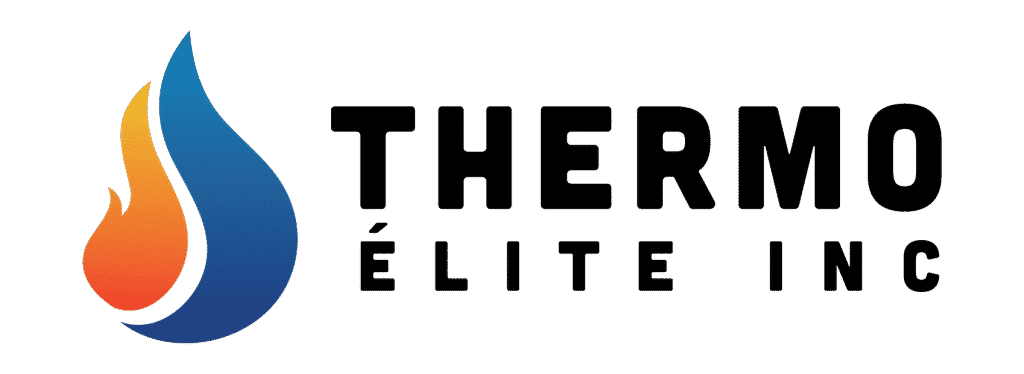
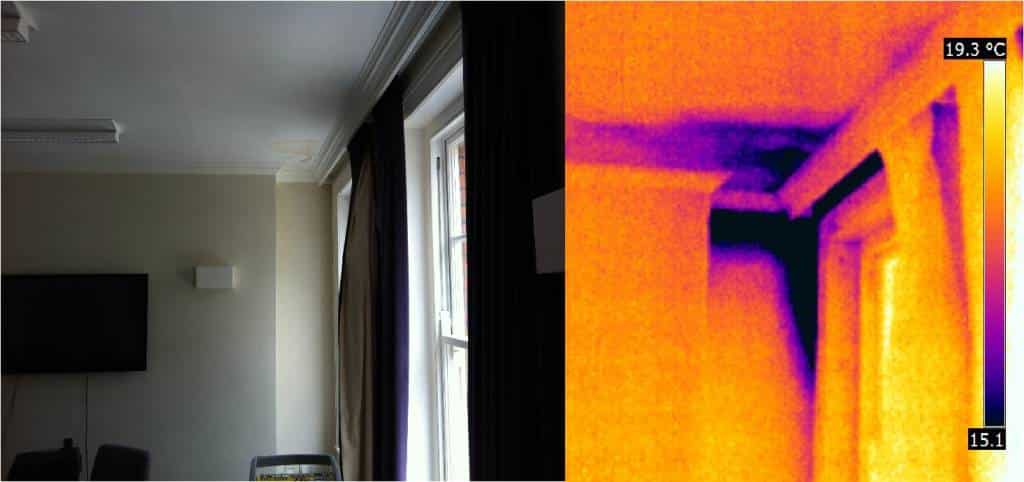
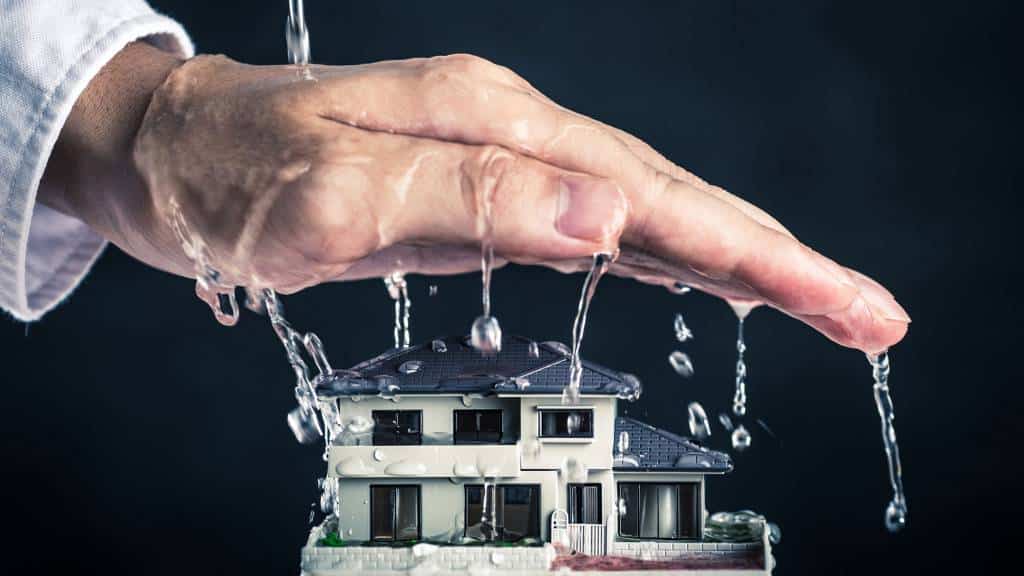
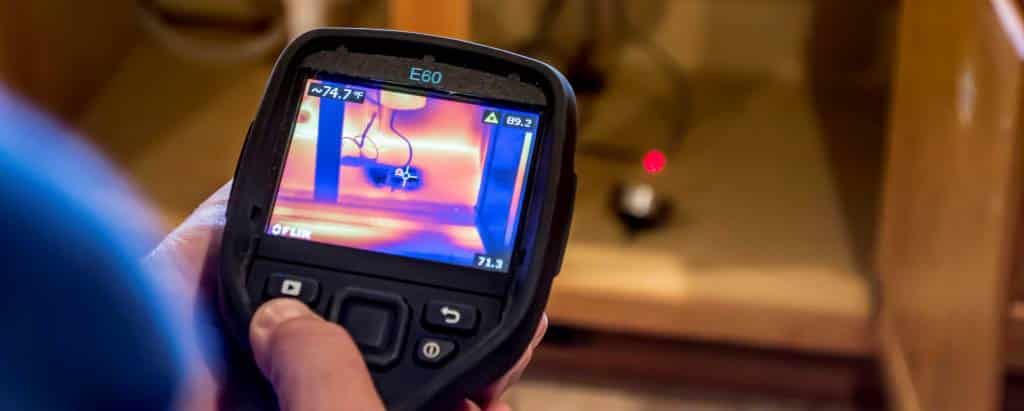
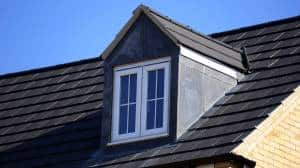

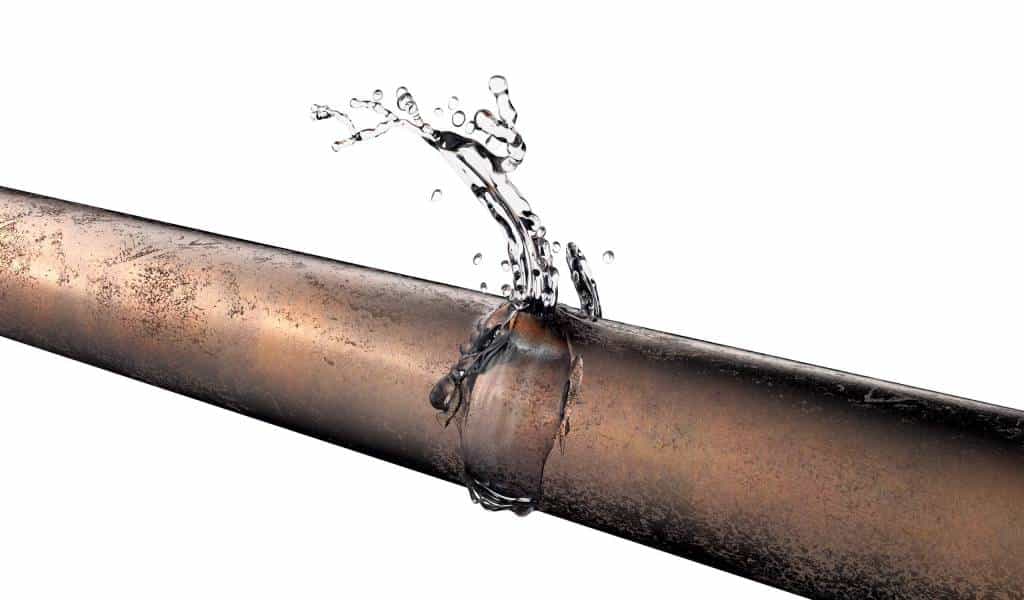
Add Comment